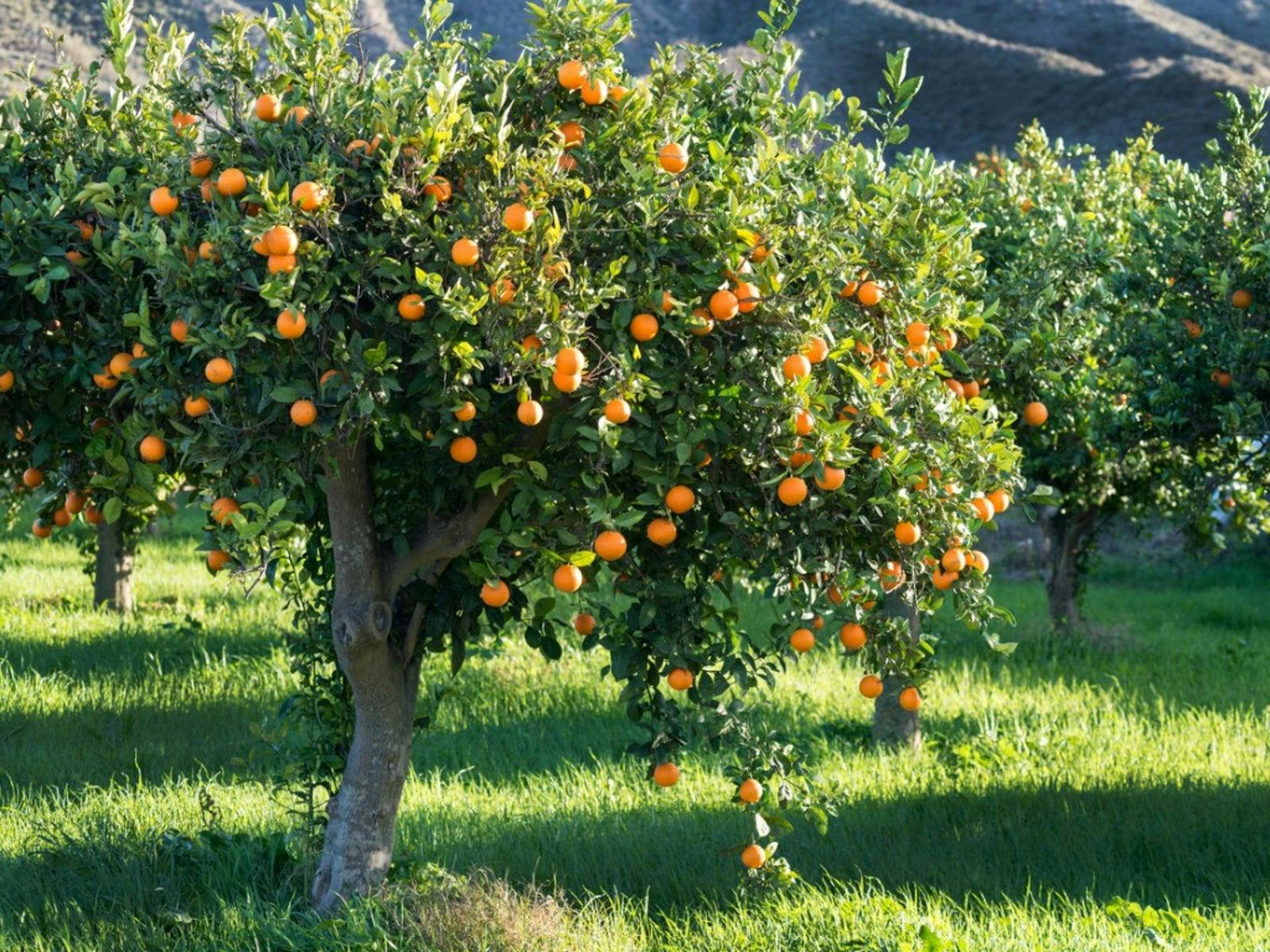How does irrigation and nutrition affect citrus fruits production and quality

Citrus fruit production and quality are influenced by many factors, including climatic conditions and production practices. It is well documented that vegetative and reproductive fruit growth compete for available resources, such as carbohydrates (sugars) and mineral nutrients. Flushes of heavy vegetative growth will reduce the resources available to developing fruit, resulting in fruit with lower total soluble solids (TSS). A period of dormancy, during which there is little or no vegetative growth, reduces this competition for resources and results in fruit with increased TSS. The competition for resources between vegetative and reproductive growth is one of the reasons that citrus fruit grown in tropical climates tend to have lower TSS than that grown in subtropical climates
Although citrus trees develop largely in response to their genetic endowment and the climate, good production practices can have favorable influences on fruit production and quality. Cultural practices that attempt to cope with climatic or weather problems include irrigation and nutrition. Irrigation is of particular importance during the spring, which coincides with the critical stages of leaf expansion, bloom, fruit set and fruit enlargement. Proper irrigation increases fruit size and weight, juice content and soluble solids: acid ratio. Soluble solids per acre may increase due to yield increase. However, soluble solids per box and acid contents are reduced. Through its tendency to stimulate vegetative growth, irrigation in the dry fall and winter may reduce soluble solids in the fruit. Decline in total acid levels can also be aggravated by excessive irrigation.
Citrus fruit production and quality are influenced by many factors, including climatic conditions and production practices. It is well documented that vegetative and reproductive fruit growth compete for available resources, such as carbohydrates (sugars) and mineral nutrients. Flushes of heavy vegetative growth will reduce the resources available to developing fruit, resulting in fruit with lower total soluble solids (TSS). A period of dormancy, during which there is little or no vegetative growth, reduces this competition for resources and results in fruit with increased TSS. The competition for resources between vegetative and reproductive growth is one of the reasons that citrus fruit grown in tropical climates tend to have lower TSS than that grown in subtropical climates
Citrus trees require a good water management system and a balanced nutrition program formulated to pro- vide specific needs for maintenance and for expected yield and fruit quality performance. Adequately watered and nourished trees grow stronger, have better tolerance to pests and stresses, yield more consistently and produce good quality fruit. On the other hand, excessive or deficient levels of water or fertilizer will result in low fruit yield and oversize fruit with poor quality and diluted soluble solids content.
The most important nutrients influencing fruit quality are nitrogen, phosphorus and potassium. However, when any other nutrient is deficient or in excess, fruit yield and quality are negatively altered. Nitrogen (N) in- creases juice content, TSS per box and per acre, and acid content. However, excessive N can induce excess vigor and promote a vegetative rather than a flowering tree, and can result in lower yields with lower TSS per acre. In contrast, low N levels promote extensive flowering, but fruit set and yields are poor.
Phosphorus reduces acid content, which increases soluble solids: acid ratio. Potassium (K) increases fruit production, fruit size, green fruit and peel thickness. Foliar application (six to eight weeks before bloom) of urea can increase flowering and fruit set.